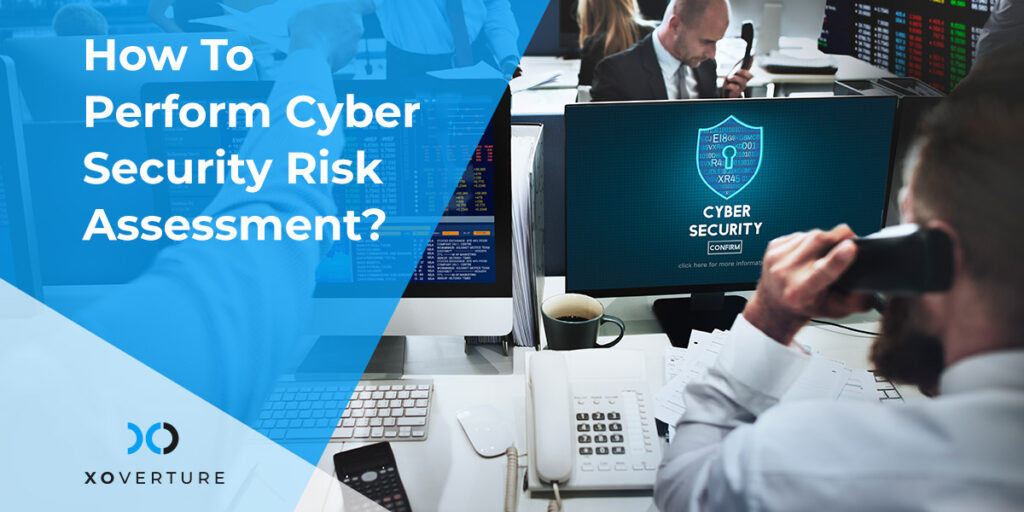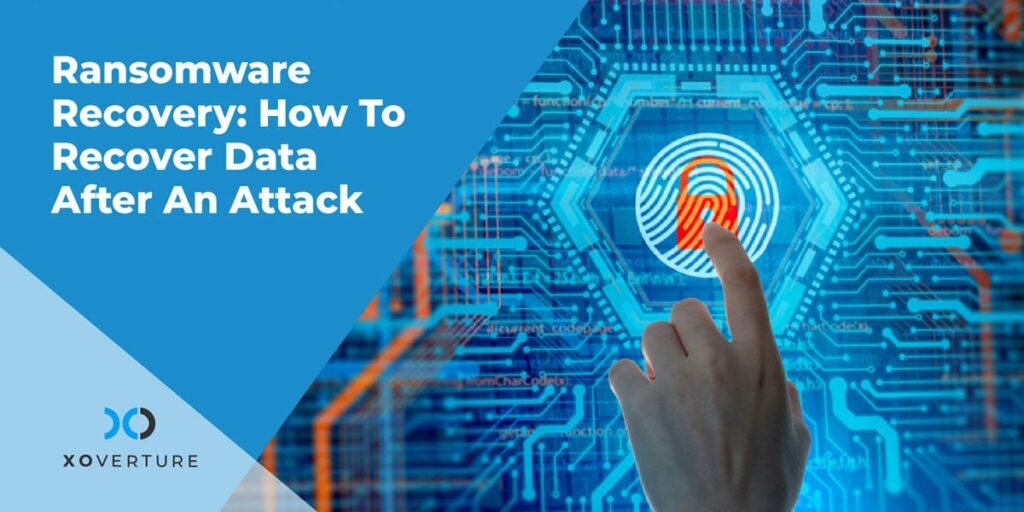There is no one size fits all approach to cybersecurity. Every organization has a different set of security concerns, therefore each one must approach cybersecurity risk assessment differently.
Regulations governing cybersecurity do recognize that different businesses must adopt distinct strategies to protect their information systems. You must set up a comprehensive IT security program to protect your data from cybercriminals and to improve your overall security posture. And the first step towards it must be conducting a cyber risk assessment.
Nevertheless, conducting a cybersecurity risk assessment is complex, and establishing one can be the most challenging part of any risk management plan. To assist, we’ll walk you through each stage of the procedure.
First let’s discuss what is it, as well as why we need one.
What Is A Cybersecurity Assessment?
Evaluation of security controls is the basis of cybersecurity assessment, which overlooks the organization’s complete security architecture. In order to take corrective action to reduce the risk and attack vectors, testing the organization’s preparation against known and unknown vulnerabilities, attack vectors in the digital cybersphere, and business processes are included. Overall, security assessments assist in identifying the flaws in the systems, applications, and networks, assist in putting in place the necessary defensive measures, and maintaining the policies.
The scope of a cybersecurity assessment varies and depends on the type of the business, the goal, the size of the organization, and the regulations that the company must follow. An organization can identify its cyber weaknesses and strengths and create a proper plan to prioritize and address them with the help of a suitable assessment.
A carefully thought cybersecurity evaluation helps the business in taking preventative action. By assessing the following elements, organizations can better protect their operations and gain a better knowledge of risks and threats:
- Assets such as applications, networks, systems, data, etc.
- Business compliance with the relevant security protocols
- Vulnerabilities in assets
- Identifying the attack vectors.
- Potential threats and risks
- Cyber resiliency
Why Should You Perform A Cyber Risk Assessment?
You may want to undertake a cyber risk assessment for a number of reasons, and a few other reasons why you need to. Let’s go through them:
- Reduce long-term costs– It goes without saying that identifying potential threats and taking steps to counter them has the ability to thwart security events, which will ultimately save the organization money.
- Enables template for future assessments– Cyber risk assessments must be updated frequently; they cannot be done only once. By achieving well on the first one, you establish a repeatable procedure that someone else may use in the event of staff turnover.
- Helps avoid security incidents– An effective cyber risk analysis can help you strengthen your security measures and lessen the likelihood of attacks and personal data breaches.
How To Conduct Cyber Security Assessment?
Virus Scanning
Daily, automatic virus scanning not only saves you time but also enables you to stay ahead of potential threats, thereby reducing the negative effects of malware on your software, systems, and its users. Virus scanners are often built to automatically scan for known and unknown malware types like spam, shell scripts, and backdoor files. The IT manager will be promptly notified if the scanner detects a malware, and some systems even offer automatic malware removal.
It’s important to remember that malware prevention techniques are only as effective as their ability to keep up with new virus types and trends. A thorough malware scanner should be supported by a thorough database that keeps track of the most recent and persistent malware threats in order to provide the most up-to-date protection.
Network Scanning
A network vulnerability assessment is a process for identifying security flaws in systems, analyzing and quantifying those gaps, and patching them in accordance with predetermined risks. A holistic security programme must include assessments, which are referenced by numerous industry standards and compliance rules.
Firewall Audit
The first line of defense against external attacks in a system is a firewall. The firewall setup, software updates, and security configuration will all be examined while reviewing firewall security. Every company that uses a network to communicate must have its firewall security reviewed. The majority of regulations, including PCI DSS, ISO 27001, SOX, and HIPAA, call for a firewall security analysis.
Check For Outdated Software
Updates protect you from vulnerabilities in your organization that could be exploited by hackers and cybercriminals, but outdated software leaves you vulnerable to their attacks. It is especially crucial to have solid security in place because the public is frequently made aware of the patched-up vulnerable entry points through the distribution of software update notes. Due to the public knowledge of these vulnerabilities, malicious hackers looking for a way to access your business and its sensitive data will find your organization to be an easy target.
Software upgrades frequently bring new and improved features and speed enhancements to improve the end-user experience in addition to security updates. The application is always being improved by developers to increase user productivity.
Final Word
With the proliferation of attack vectors, the landscape of cyber threats constantly changes. It has become essential to do a suitable security assessment in order to identify the open path and close it with reliable measurements. In accordance with your current company requirements, it is essential to select a proper security assessment at the appropriate time.
The cybersecurity assessments that were covered above are the most important ones that businesses should take into account, but as was previously stated, one size does not fit all. In order to choose the best cyber security assessment for your organization, you must properly consult with professionals.
How Can XO Help?
We support organizations in protecting their environment in accordance with their niche, requirements, and demands through a tailored assessment method because there is no one size fits all.
Get in touch with us right away, to get on board with our IT consultants. We will advise you on choosing the optimum security assessment to find security flaws in your current infrastructure. Our services include vulnerability assessments, testing, and application security assessment programs. We offer specialized services to all types of companies, from Fortune 500 companies to startups.




